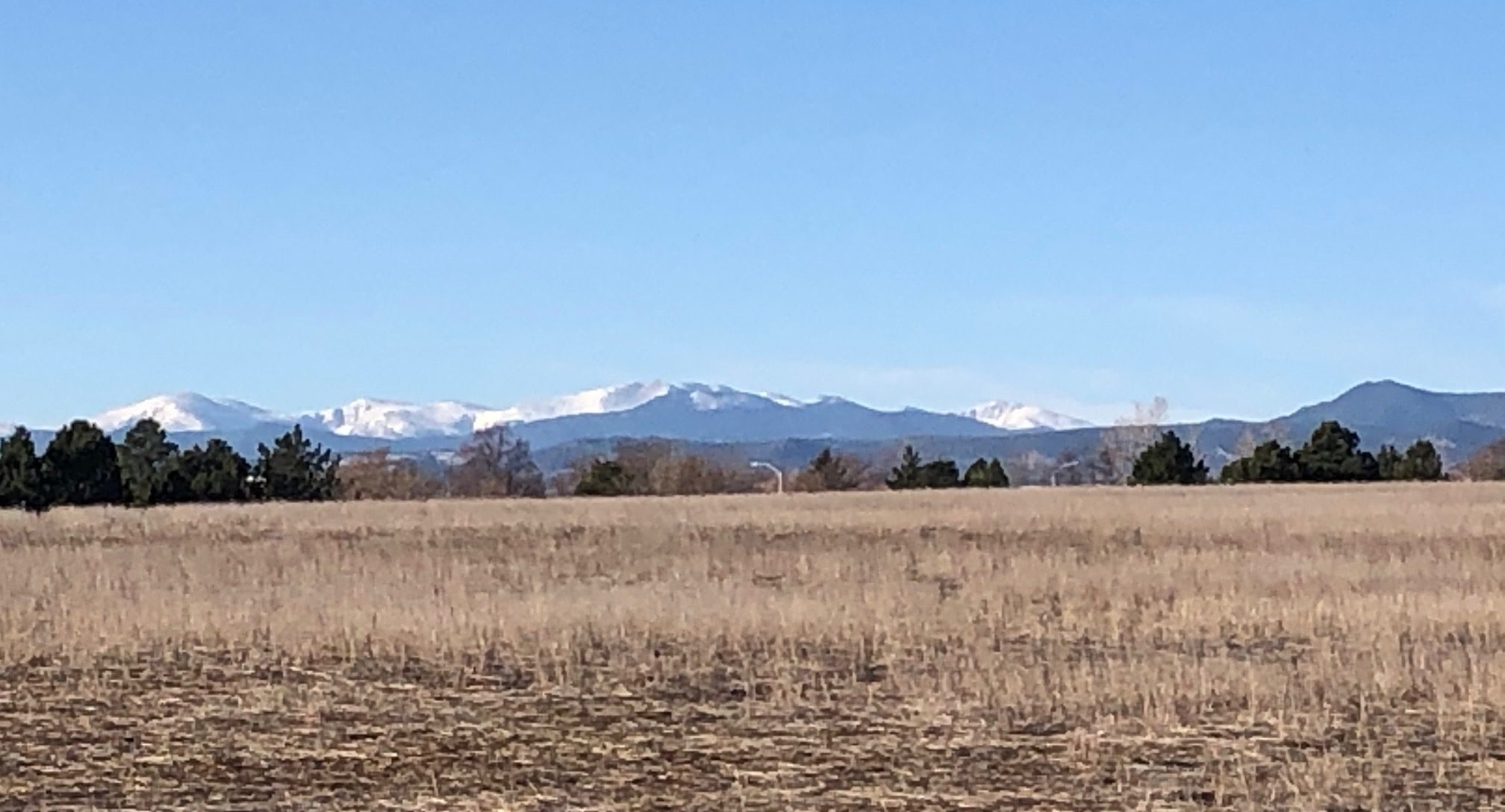Imagine for a moment one of those pristine Front Range days. Having worked hard for weeks, you and your loved ones take a day off. You go outside, spread out blankets, set out food and games. You spend the day soaking in the sun, eating and playing.
Around dusk, an all-wheel-drive vehicle pulls up and a few tired-looking people get out and stretch. They don’t have anywhere else to stay so they ask to park nearby to rest for a time until they’re ready to continue their journey into the mountains. It’s getting dark, so you agree.
You remain on friendly terms until day two, when your guests cut down a stand of nearby trees and start building what looks like some kind of shelter. You immediately contact your local authorities. In the meantime, other all-terrain vehicles arrive. In alarm, you and your neighbors and the local authorities urge the new arrivals to move on. They say they’re leaving but they keep constructing shelters. More and more
and more ATVs appear until a rough-cut wooden frame occupies your family’s favorite picnic spot.
Soon, new authorities funded, appointed and armed by the newcomers, tell you and your family you have to leave your home for good.
Now imagine that you’re Arapaho.
It’s important to acknowledge the irony here.
If even one small group of “squatters” arrived in Broadlands this weekend, it certainly wouldn’t take two days for residents to flood the BPD and Broomfield City Hall with urgent demands to remove them.
Our 21st-century land-and housing-related wealth, and the equity and inequity that comes with it, have 19th-century foundations. We live on treaty-acknowledged land. The original patents granted to U.S. settlers in our area were relatively low-cost or free,
except for filing fees.
The advantages of these policies to the United States and its citizens (or soon-to-be citizens) were real: a viable alternative to slave-based economics, integration of the West into the American empire, and the creation of private wealth “ex nihilo” from recently acquired and designated public domain. U.S. citizens, religious leaders and politicians, alike, brandished well-honed mechanisms of legitimacy for the above approach to acquisition, development and expansion. God ordained it. The fertile landscape ached for it. The march of progress demanded it. Rifles and cannon “defended” it, “from sea to shining sea.”
I often wonder if some of us propertied (and mortgaged) modern-day residents of Broomfield react so vehemently to proposals for “affordable housing” on one hand and “encampments” on the other, because we fear the proximity in our neighborhoods of realities that could burst the bubbles of our carefully sanitized lives, and because, at some unconscious level, we fear the displacement forced upon the Indigenous communities of the Front Range six or seven generations ago could somehow be forced upon us today.
For many residents, and in a limited, geographical sense, it already has. Not simultaneously, en masse, and by the force of arms, terror and massacre, like in the 1800s, but here and there, since the turn of the 21st-century, many thousands of Broomfield residents, in particular those earning less than the area median income (AMI), have struggled to make ends meet or been forced to relocate to other Colorado communities or other states altogether.
Author’s note: This passage originally appeared in the section entitled “Broomfield Today” on pages 79-81 of The Sweep Report 2.0: Housing from below in Broomfield, Colorado, USA.


